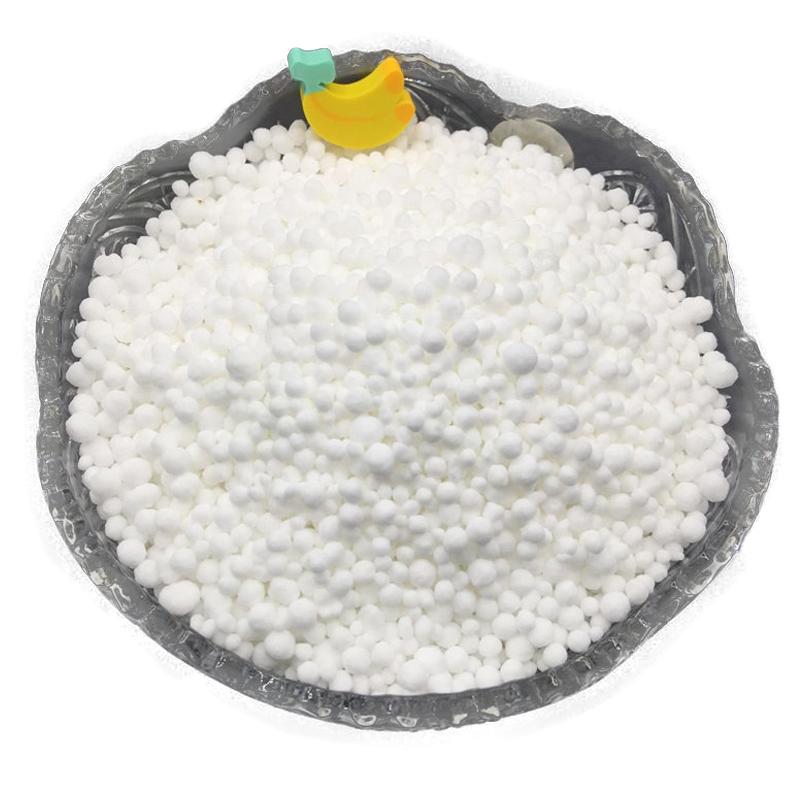
Aug . 06, 2024 11:24 Back to list
Understanding the Role of Urea and Ammonium Sulphate in Fertilizer Applications and Agricultural Practices
The Role of Urea and Ammonium Sulphate in Agriculture
Fertilization is a crucial aspect of modern agriculture, ensuring that crops receive the necessary nutrients for optimal growth and productivity. Among the various nitrogenous fertilizers used, urea and ammonium sulphate stand out as two of the most commonly employed substances. Each of these fertilizers has unique properties, characteristics, and applications, making them suitable for different agricultural practices.
Urea The Versatile Nitrogen Source
Urea, with the chemical formula CO(NH₂)₂, is one of the most concentrated nitrogen fertilizers available, containing approximately 46% nitrogen by weight. Its high nitrogen content makes it an attractive option for farmers who need to supply significant amounts of this essential nutrient to their crops. Urea is also favored for its cost-effectiveness and ease of application.
One of the key advantages of urea is its versatility. It can be applied in various forms, including granules, dissolved in water as a solution, or even in a more slow-release form. Upon application, urea undergoes hydrolysis, converting to ammonium carbonate and subsequently releasing ammonia and carbon dioxide. This process is facilitated by soil moisture and temperature, making it crucial for farmers to consider soil conditions during application.
However, urea is not without its challenges. One of the primary concerns is its susceptibility to volatilization. When urea is applied to the soil surface, especially in warm and dry conditions, ammonia can escape into the atmosphere, resulting in a loss of nitrogen that could otherwise benefit plant growth. To mitigate these losses, farmers often apply urea through incorporation into the soil or use urease inhibitors that slow down the conversion process.
urea and ammonium sulphate

Ammonium Sulphate A Dual Nutrient Source
Ammonium sulphate, on the other hand, provides a different set of benefits. This compound, with the chemical formula (NH₄)₂SO₄, contains about 21% nitrogen and 24% sulfur. The addition of sulfur is particularly valuable, as it plays a significant role in the formation of amino acids, proteins, and enzymes in plants. This dual nutrient provision makes ammonium sulphate especially beneficial for crops that have high sulfur requirements, such as canola and other oilseeds.
One of the primary advantages of ammonium sulphate is its lower volatility compared to urea. The ammonia contained in ammonium sulphate is in a more stable form, which means it is less susceptible to loss through volatilization when applied to the soil. Additionally, the sulfate component provides an immediate source of sulfur, ensuring that plants have access to this essential nutrient without the risk of deficiency.
Ammonium sulphate is commonly used in situations where soil pH is a concern. The ammonium ion can help to lower soil pH, making it more suitable for certain crops that prefer acidic conditions. Moreover, it plays a critical role in providing nitrogen in a form that is readily available to plants, particularly in soils that exhibit high acidity.
Conclusion
In summary, both urea and ammonium sulphate serve as essential nitrogenous fertilizers in agriculture, each with distinct characteristics that make them suitable for various applications. Urea's high nitrogen content and versatility make it widely used, while ammonium sulphate's dual nutrient provision and stability reduce the risk of nitrogen loss. Farmers must consider various factors, including crop type, soil condition, and environmental factors, when selecting between these fertilizers. Ultimately, the effective use of urea and ammonium sulphate can lead to improved crop yields and more sustainable agricultural practices.
-
Premium 10 10 10 Fertilizer Organic for Balanced Plant Growth
NewsJul.29,2025
-
Premium 10 10 10 Fertilizer Organic for Balanced Plant Growth
NewsJul.29,2025
-
50 Pound Bags of 13-13-13 Fertilizer for All Plants – Bulk & Organic Options
NewsJul.28,2025
-
High-Efficiency 15-30-15 Granular Fertilizer for Healthy Crops
NewsJul.28,2025
-
15-30-15 Granular Fertilizer for Optimal Crop & Lawn Growth
NewsJul.27,2025
-
Premium 10 10 10 Water Soluble Fertilizer for Fast Plant Growth
NewsJul.26,2025
